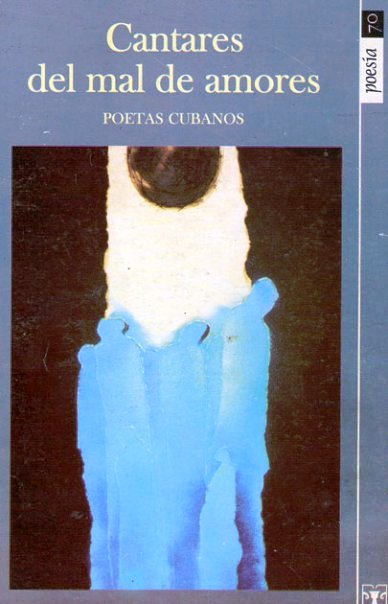4.1.1.21.3 The theme of love in the poetry of Mirta Aguirre (1912 – 1980)

Although the theme of love is already fully developed in Mirta Aguirre’s poetry collection “Inner Presence,” she conceived other texts of this nature that remained scattered until the publication of “Yesterday and Today” in 1980, the very year in which the poet died.
The most notable from an aesthetic point of view are his “Elegies” and “Songs of the Sea of Love,” which appear in the anthology titled “Cuban Love Poetry. 20th Century,” compiled by the late writer Luis Rogelio Nogueras and published in 1983.
As for the elegies, a profound sadness is evident in them, rooted in the bewilderment and desolation of the loss of love and the reflections and “meta-reflections” on the fleeting nature of these bonds, all in a vivid yet lucid language that succeeds in reflecting the universality of these feelings, from the very depths of the painful subject itself.
Even in the face of the romantic adversity that the poet sometimes feels is her destiny, a fortitude emerges that allows her to encompass all the bitterness of the frustrating experience of love within a restrained lyrical expression. At the same time, resilience emerges in one of the forms of resignation, sometimes pierced by the evocative birds of nostalgia.
One of the poems of this vein that has received the best reception in popular sensibility has been his second elegy:
“I get used to it, love, I get used to it.
I’m getting used to being without you. Do you understand?
It means, love, that does not dawn;
It means that I learn to open my eyes without your kiss.
It means that I forget, love, that I forget you.
Like a slow, relentless, piecemeal dying,
I’m getting used to it, love, I’m getting used to it.
And getting used to it is a dark thing,
It is an eternal thing, without paths
like falling into the void.
(…)”
For its part, “Cantares del mar de amores” reveals a sensitivity rooted in the popular, with stanzas that dissolve into a collective poetic that emerges in the verse notebooks of adolescents, already from the anonymous, in a delirious lyricism of eager mouths or moist eyes:
“I love you, I don’t know why”
and without knowing until when,
Oh love, to be loving
without a saint for the faith!
Hope is already gone
and love continues to persist.
And without knowing until when,
“I love you, I don’t know why.”








